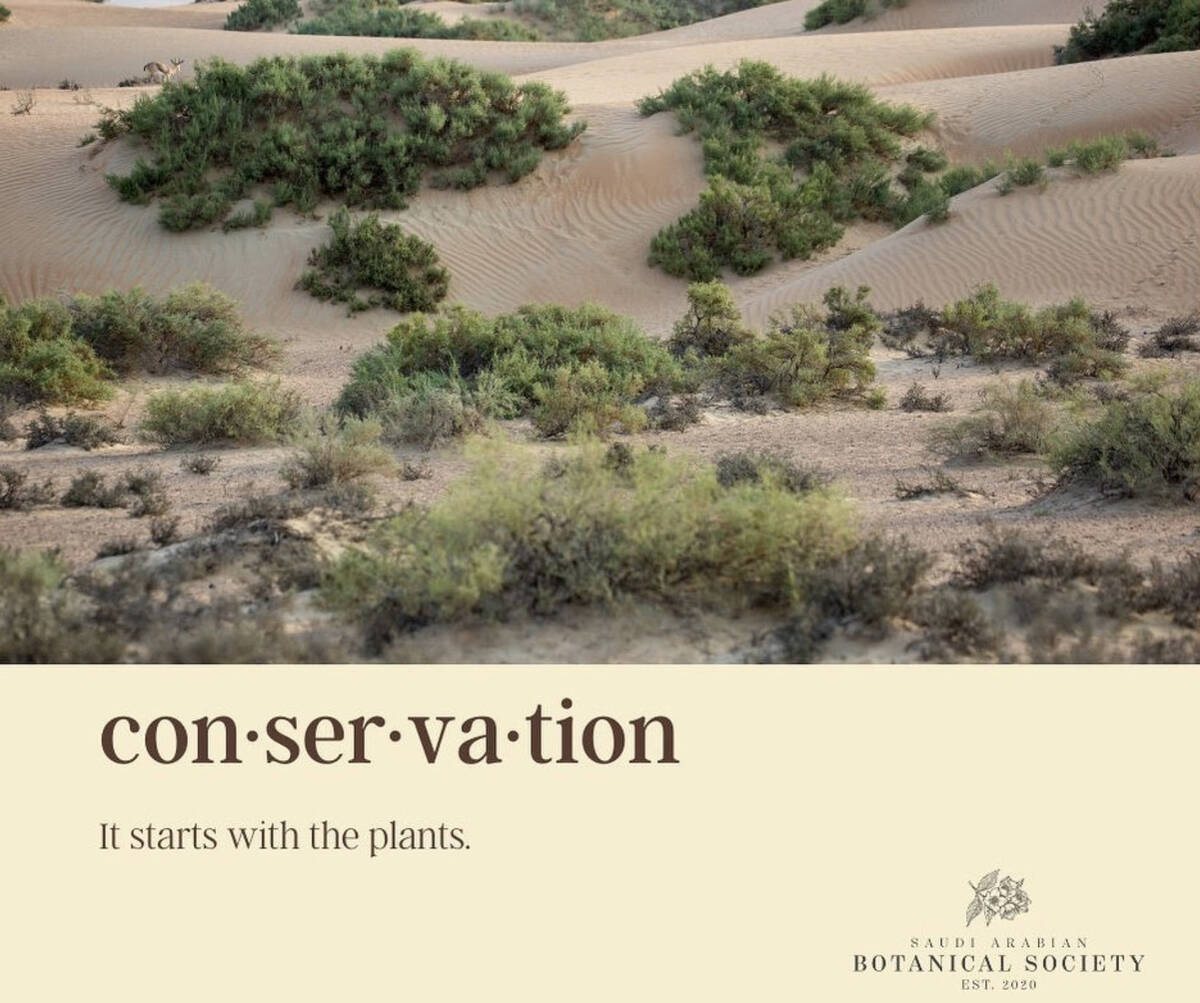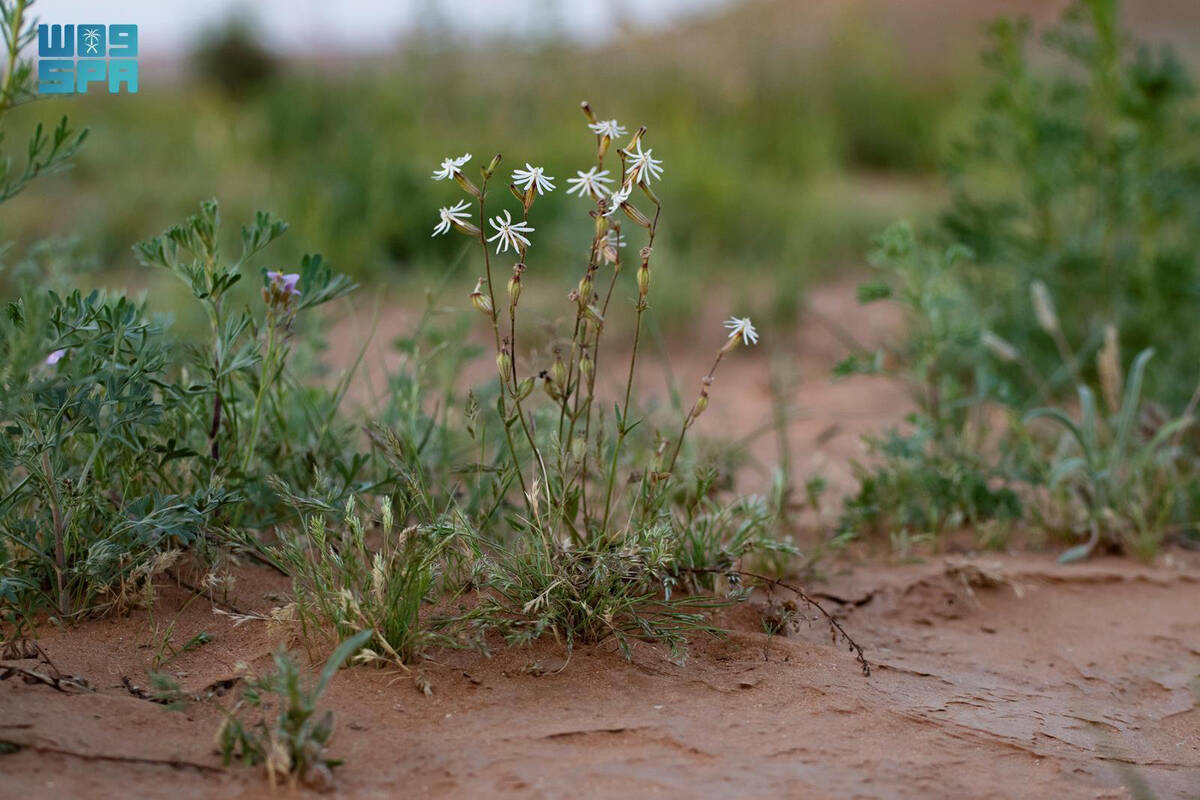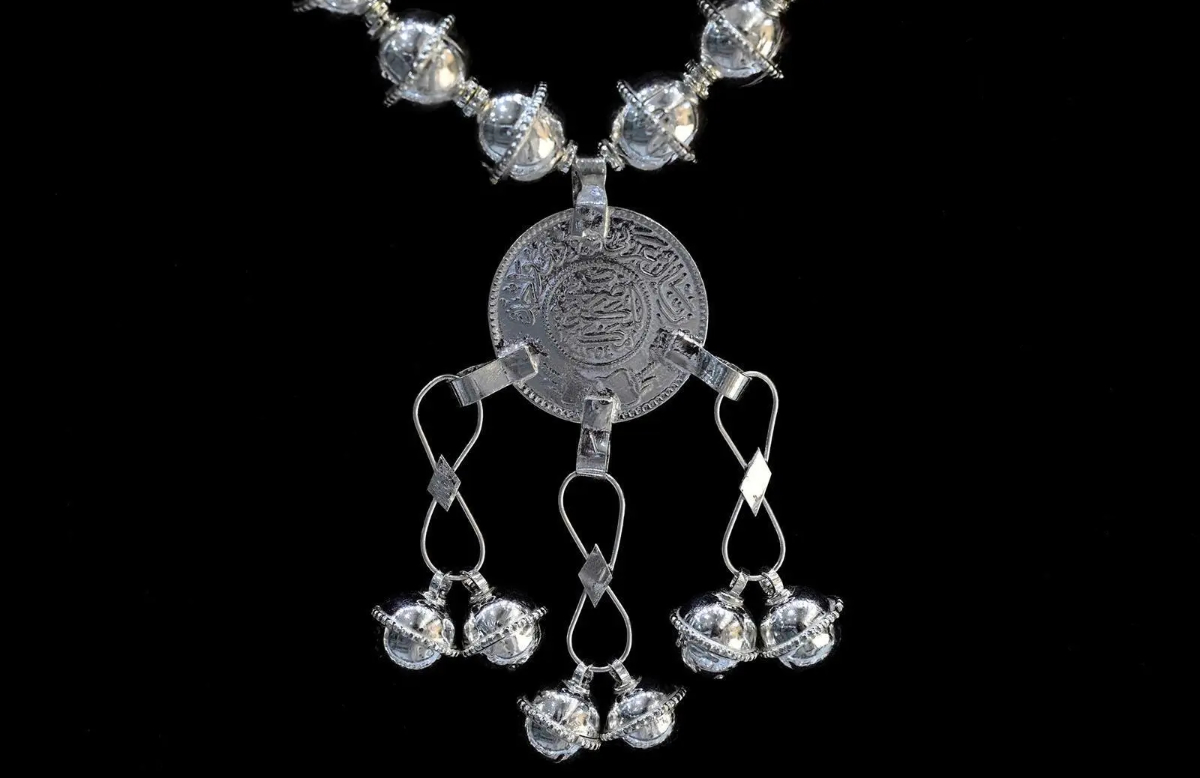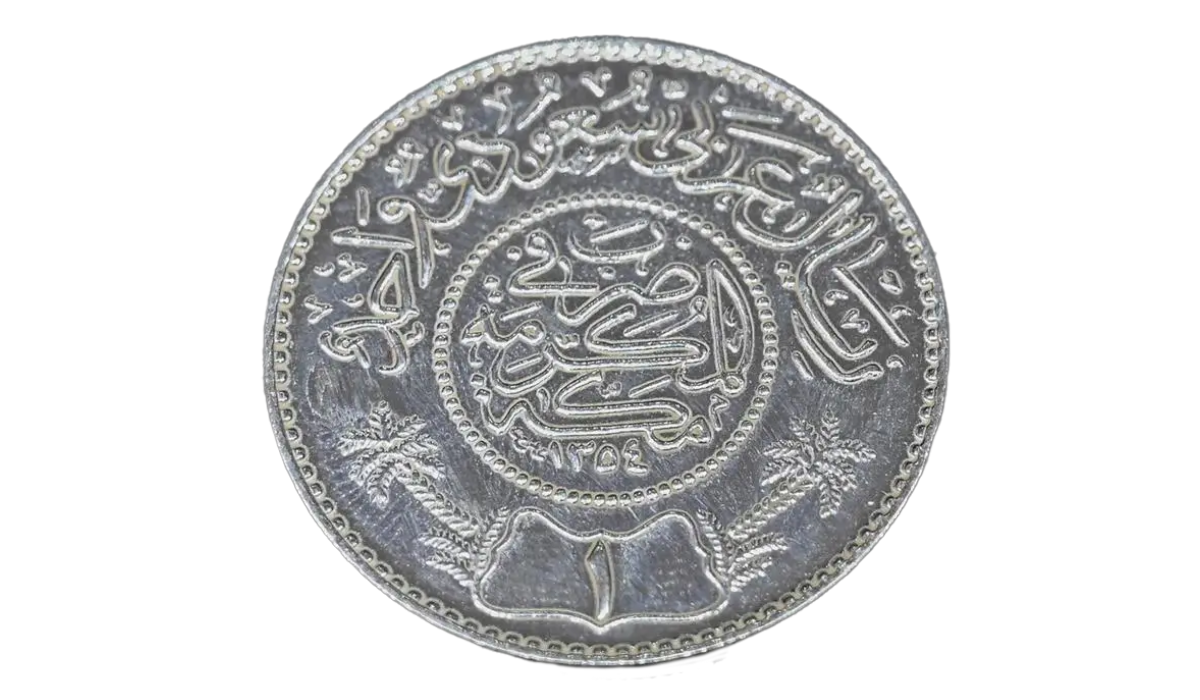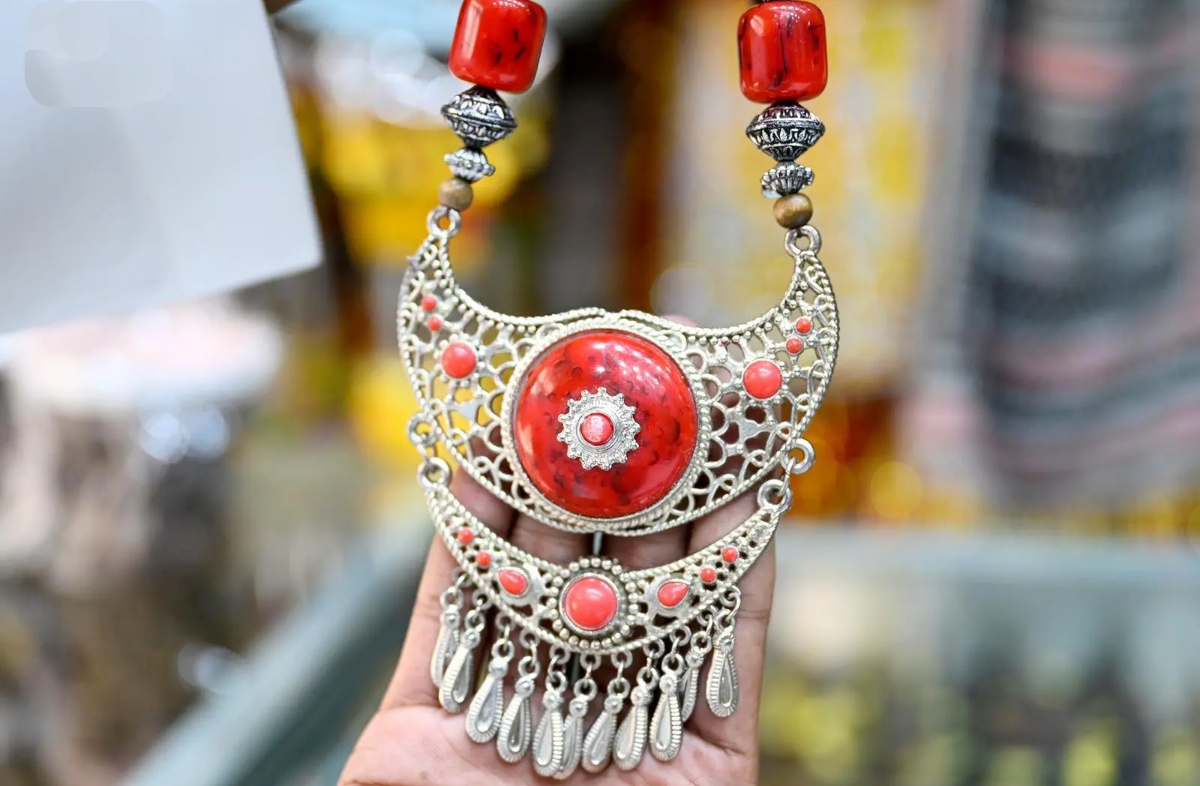RIYADH: Women and young people will lead Saudi Arabia’s drive to embrace a digital future, a leading technology entrepreneur told a forum in Riyadh on Wednesday.
“The excitement and embracing of change is so palpable here,” said Diane Greene, chief executive of Google Cloud. “I’m very optimistic about what’s possible here.”
Greene said Saudi Arabia already had female experts and leaders in the field of technology, who would find no difficulty in participating in the technical future of the Kingdom.
On her first visit to Saudi Arabia, she said she was impressed by young people and their enthusiasm for change and making a difference.
Greene was speaking on the first day of the Misk Global Forum, which brings young leaders, creators and thinkers together with established innovators to explore ways to meet the challenge of change. The Misk Foundation was established by Crown Prince Mohammed bin Salman to empower Saudi youth to take part in the knowledge economy.
The Google Cloud chief took part in a panel discussion with Saudi Minister of Communication and Information Technology Abdullah Alswaha. The session was moderated by Faisal J. Abbas, editor in chief of Arab News.
They spoke against a background of rapid change in Saudi Arabia, with an end to the ban on women driving and the crown prince’s launch this month of the $500 billion Neom “city of the future” project.
“There couldn’t be a much better time in terms of unprecedented change,” said Alswaha. “The rate of change right now is giving us a unique and a big window to leapfrog into the future.”
The digitization of the Saudi economy will be fully powered by youth, said Alswaha, with 70 percent of the population under the age of 30. “This gives the Kingdom a unique and competitive advantage powered by knowledge, entrepreneurship and innovation.”
Alswaha announced a new partnership between his ministry, Misk and the Mohammed bin Salman College for Business and Entrepreneurship to adopt 30 young local entrepreneurs and tech companies, such as Careem, the taxi app, and Telfaz, the internet TV app. “We will put them through a one-year program, get them exposure to the Silicon Valleys of the world, to the European successes in the world, introduce them to some venture capitalists and accelerators, and join hands with some big tech and knowledge powerhouses,” he said.
In September, the Saudi Communications and Information Technology Commission lifted the ban on applications that provide voice and video call services over the internet. Alswaha said the move had benefited a wide variety of people, from Saudi soldiers on the southern border to scholarship students who could now more easily contact their loved ones at home.
Communication and information technology managed to engage people and offered a better way of life, Alswaha said, and the Kingdom had a golden opportunity in the world of digital transformation. “Competitiveness relies on you,” he told Saudi youth.
The two-day forum concludes on Thursday.












